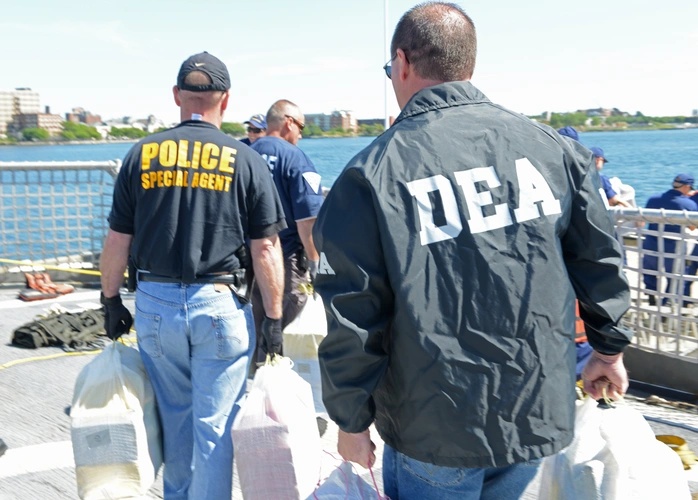‘Securing the Vote’: A Report From the National Academies of Sciences
With so much happening in the world it is easy to miss when American institutions continue to go about their business for the people and do good work. A case in point involves a report issued last week by the National Academies of Sciences, Engineering, and Medicine entitled “Securing the Vote: Protecting American Democracy.” This elegant study focuses on the science of election security—without partisan bluster and without political preconceptions.
Published by The Lawfare Institute
in Cooperation With

With so much happening in the world it is easy to miss when American institutions continue to go about their business for the people and do good work. A case in point involves a report issued last week by the National Academies of Sciences, Engineering, and Medicine entitled “Securing the Vote: Protecting American Democracy.” This elegant study focuses on the science of election security—without partisan bluster and without political preconceptions. The conclusions are rather striking in that they provide a common-sense guide for how we should be acting, if we could muster the political will. Here are a few of the most notable recommendations:
Elections should be conducted with human-readable paper ballots. Paper ballots form a body of evidence that is not subject to manipulation by faulty software or hardware and that can be used to audit and verify the results of an election. Human-readable paper ballots may be marked by hand or by machine (using a ballot-marking device), and they may be counted by hand or by machine (using an optical scanner), the report says. Voters should have an opportunity to review and confirm their selections before depositing the ballot for tabulation. Voting machines that do not provide the capacity for independent auditing — i.e., machines that do not produce a printout of a voter’s selections that can be verified by the voter and used in audits — should be removed from service as soon as possible.
States should mandate a specific type of audit known as a “risk-limiting” audit prior to the certification of election results. By examining a statistically appropriate random sample of paper ballots, risk-limiting audits can determine with a high level of confidence whether a reported election outcome reflects a correct tabulation of the votes cast. Risk-limiting audits offer a high probability that any incorrect outcome can be detected, and they do so with statistical efficiency; a risk-limiting audit performed on an election with tens of millions of ballots may require examination by hand of as few as several hundred randomly selected paper ballots. States should begin with pilot programs of risk-limiting audits and fully implement these audits for all federal and state election contests — and local contests where feasible — within a decade.
Internet voting should not be used at the present time, and it should not be used in the future until and unless very robust guarantees of secrecy, security, and verifiability are developed and in place. Currently, no known technology can guarantee the secrecy, security, and verifiability of a marked ballot transmitted over the Internet. (The Internet is an acceptable way to transmit unmarked ballots to voters as long as voter privacy is maintained and the integrity of the received ballot is protected.)





